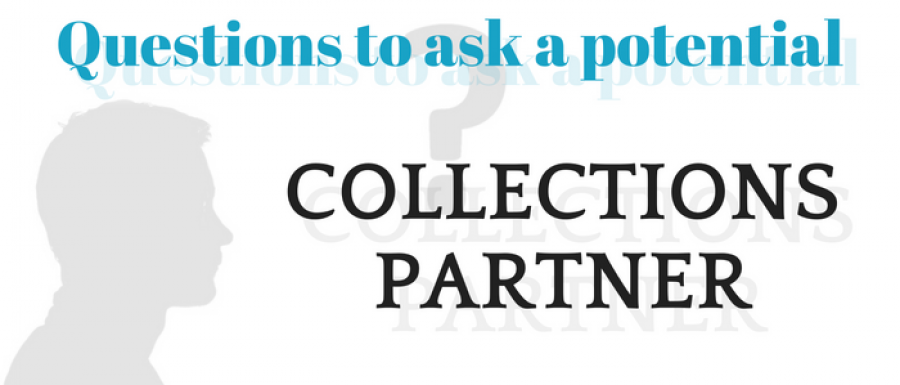
Trends in healthcare over the past decade or so have created a culture in which small practices struggle to collect medical payments. It’s an intensive process made more difficult due to the increasing involvement of multiple payers, as patients begin to shoulder more of the burden of the medical responsibility typically shouldered by insurance payers.
In order for physicians to run a profitable medical practice, it’s crucial to have a revenue cycle management method that is effective in collecting bills without necessitating a large amount of resources, in terms of either time or personnel, to ensure successful collection.
Need help with collecting? Let’s talk.
Due in large part to the implementation of the Affordable Care Act and the increase in High Deductible Healthcare Plans offered by American employers, the patient responsibility of medical bills has increased drastically in the past 10 years. According to InstaMed’s 2015 Trends in Healthcare Payments report, a consumer must pay 255 percent more before a health plan pays any part of the bill than one did in 2006.
This is a problem for practices, because in 2012, 41 percent of adults (ages 19-64) reported that they had medical debt or trouble paying medical bills. That number is expected to rise given the increased patient self-pay responsibility, whether through meeting rising insurance deductibles or paying for care out of pocket. In fact, 84% of providers reported an increase in patient responsibility in 2015 from the previous year.
[INFOGRAPHIC] Three ways to collect more
So if a larger percentage of payments are coming from patients instead of insurance payers, and patients are struggling to afford care, RCM stands to lose a significant share of potential collections without improvements to the process. But there’s a proverbial light at the end of the tunnel — though patients often don’t pay as things stand, they ARE amenable to paying…at least according to a study conducted by MicKinsey. The research shows that 90+ percent of patients are willing to pay out-of-pocket medical costs up to $500 per year; if that number doubles to $1000, 74 percent still report that they are willing to pay.
What this means for those in medical billing is that more work needs to be done to optimize collections for this demographic that is willing to pay, but is not paying due to inconveniences. (These inconveniences include things like months-long delays before billing, difficult methods of payments and other hurdles). The focus must shift from collecting mainly from insurance payers to a process optimized to collect from both payer and patient. We recommend three key changes on how to collect better in our infographic, The State of Patient Payments.
If you’re questioning how best to handle your medical billing process or need a partner in revenue cycle management, feel free to reach out to us to discuss whether HealthCell would be a good fit.


